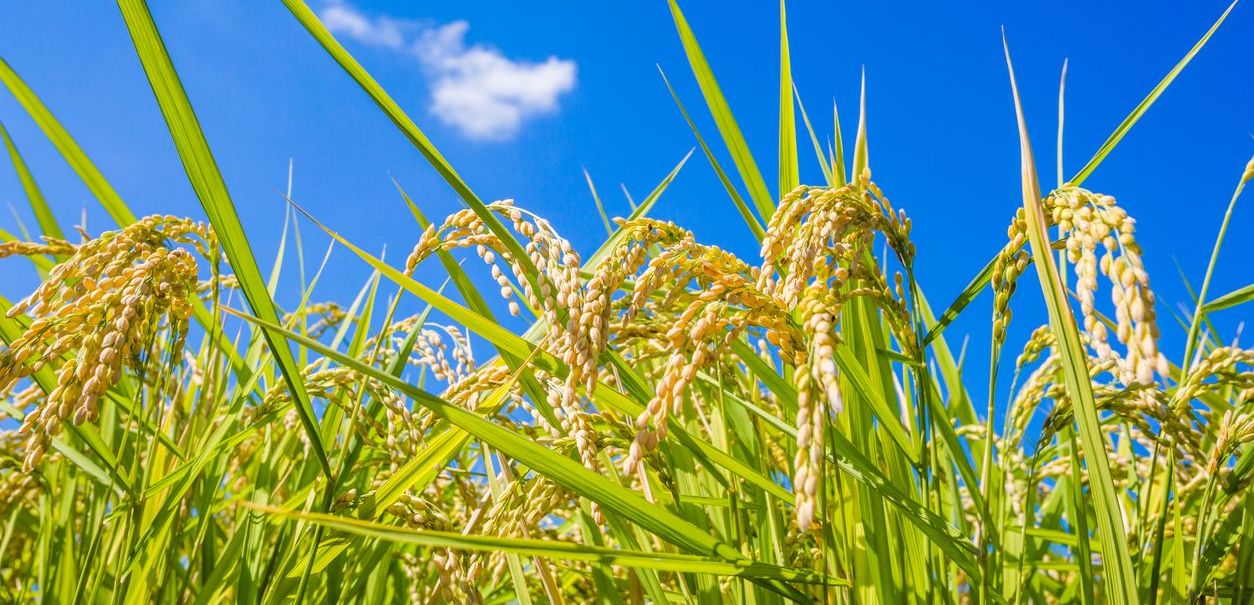2025/04/14
The Retail Price of Rice has Doubled: Time to Break Free from the Acreage Reduction Mindset

The retail price of rice continues to remain high: the average price in supermarkets from March 10 to 16 was 4,172 yen per 5 kilograms, double that of a year ago (according to data from the Ministry of Agriculture, Forestry and Fisheries). Rice disappeared from store shelves last summer, and the government initially explained that the shortage was caused by three factors: hoarding in response to the issuance of a special advisory on a potential massive Nankai Trough earthquake, booming inbound tourism, and soaring demand driven by the rice ball trend. It stated that the shortage would ease in early autumn, when newly harvested rice hits store shelves. In 2024, the rice harvest increased by 220,000 tons from a year earlier. Nevertheless, the prices have not returned to the previous level. Regarding this situation, the government claimed, “The volume of rice collected by JA Zen-Noh (the National Federation of Agricultural Cooperative Associations) and other major rice distributors decreased by 210,000 tons (as of the end of 2024). Also, some wholesalers may be adjusting their inventories,” maintaining its stance that the overall supply-demand balance remains stable.
However, the situation did not improve even after the start of the new year. It was not until February that the government finally decided to release 210,000 tons of rice from its reserves, with the first bidding held on March 10. If the so-called “missing 210,000 tons” were actually due to “reluctance to sell” by non-agricultural cooperative distributors, it would be natural for them to sell out their stock before the release of the reserve rice. Yet, there is no sign of such behavior so far, which suggests one of two reasons: either an expectation of further price increases, or possible inconsistency in the government’s previous explanation.
In fact, there was a shortage of the 2023 rice harvest due to heat damage caused by the extreme summer temperatures. The supply-demand balance had already been tight from the first half of 2024. This situation was further strained by “unexpected” demand during the summer, but the scale of that unexpected surge was no more than 3% of the total harvest. If this 3% amount was enough to trigger a serious supply shortage that “doubled the retail price,” it speaks to just how tight the supply-demand outlook is when production plans are made. In other words, what underlies the government’s rice policy is an excessive aversion to price declines caused by rice surpluses.
The “rice paddy acreage reduction” policy was abolished in 2018. That said, farmers who switch from producing staple rice to feed rice remain eligible for rice crop diversion subsidies. Besides, production targets are determined at the prefectural level in line with the government’s supply and demand outlook. The idea behind acreage reduction—based on the premise of steadily declining demand and aimed at maximizing subsidy efficiency— continues to exist in the agricultural policy. The revised Basic Law on Food, Agriculture and Rural Areas, enacted last year, explicitly states the use of imports as an important measure to address possible disruptions in food supply. Is it feasible to avert a potential supply crisis of rice, the nation’s staple food, while remaining committed to a peacetime mindset of controlled contraction based on supply-demand equilibrium? Food security is the first and foremost responsibility of the national government, and it is time to fundamentally reconsider rice policy, including the role and operation of Japan Agricultural Cooperatives (JA).
This Week’s Focus, 3.16 – 3.27
Takashi Mizukoshi, the President